Urgent
Magnitude 5.5 earthquake strikes southwestern Japan
 ADNOC’s Hail and Ghasha offshore gas mega-project achieves ‘sail-out’ milestone
ADNOC’s Hail and Ghasha offshore gas mega-project achieves ‘sail-out’ milestone
 Korea's foreign reserves rise for 1st time in 3 months in June
Korea's foreign reserves rise for 1st time in 3 months in June
 Seven people missing from massive explosion at California fireworks facility
Seven people missing from massive explosion at California fireworks facility
 UN urges international community to boost investment in Syria
UN urges international community to boost investment in Syria
 Air Arabia adds Prague to its expanding European network
Air Arabia adds Prague to its expanding European network
 Event in Ras Al Khaimah honours women’s strength, success
Event in Ras Al Khaimah honours women’s strength, success
 Snake on plane delays flight in Australia
Snake on plane delays flight in Australia

 ADNOC’s Hail and Ghasha offshore gas mega-project achieves ‘sail-out’ milestone
ADNOC’s Hail and Ghasha offshore gas mega-project achieves ‘sail-out’ milestone
 Korea's foreign reserves rise for 1st time in 3 months in June
Korea's foreign reserves rise for 1st time in 3 months in June
 Seven people missing from massive explosion at California fireworks facility
Seven people missing from massive explosion at California fireworks facility
 UN urges international community to boost investment in Syria
UN urges international community to boost investment in Syria
 Air Arabia adds Prague to its expanding European network
Air Arabia adds Prague to its expanding European network
 Event in Ras Al Khaimah honours women’s strength, success
Event in Ras Al Khaimah honours women’s strength, success
 Snake on plane delays flight in Australia
Snake on plane delays flight in Australia



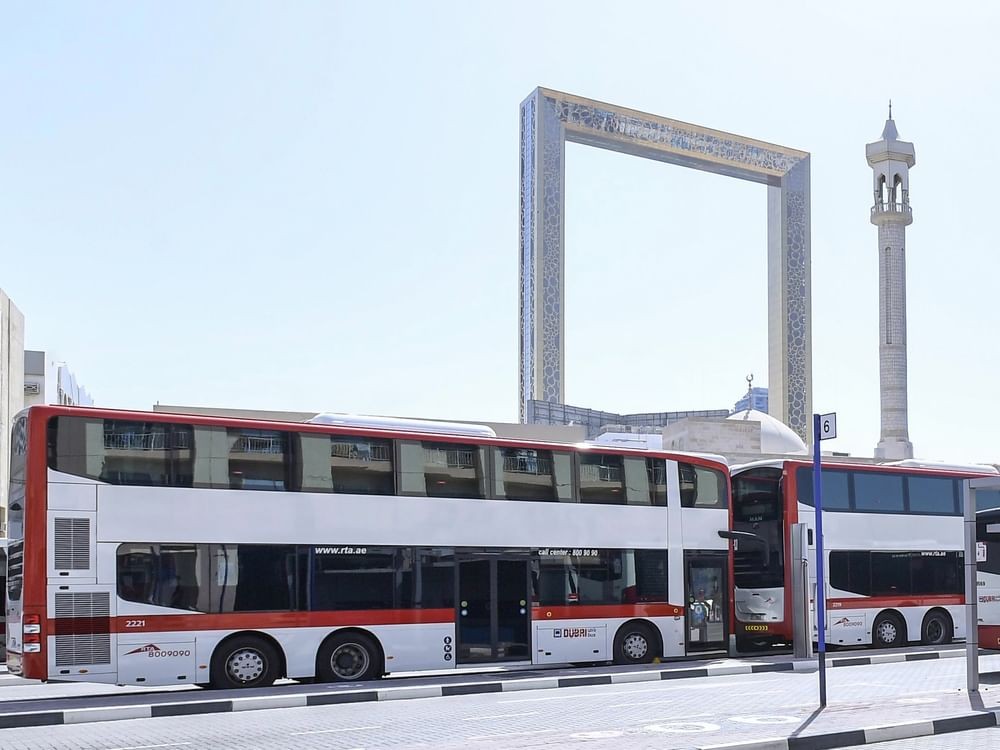

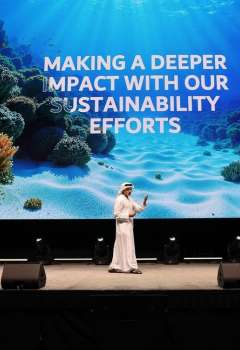

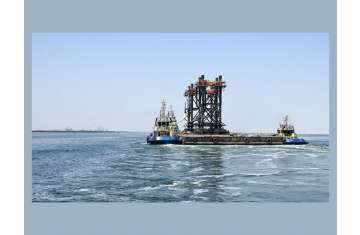
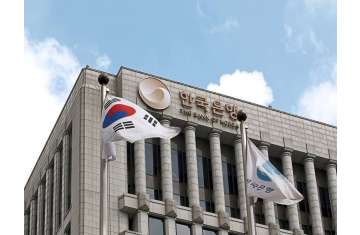
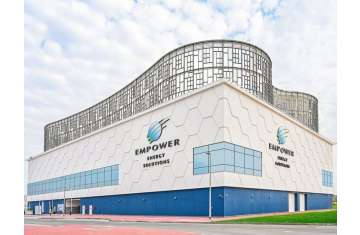
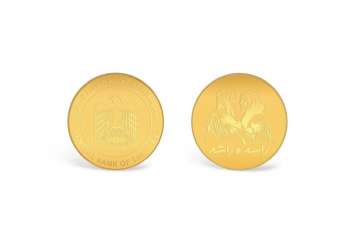
Comments